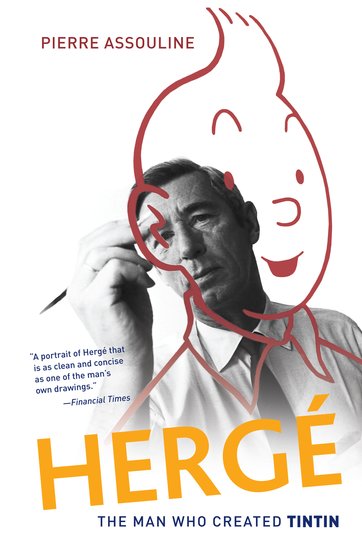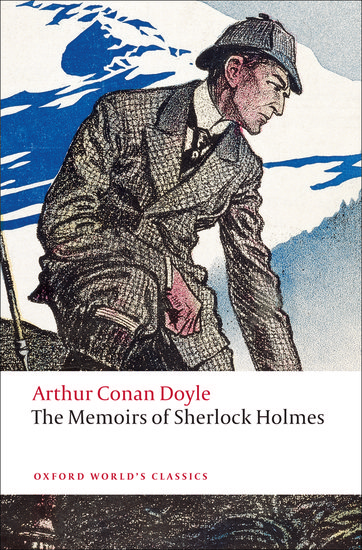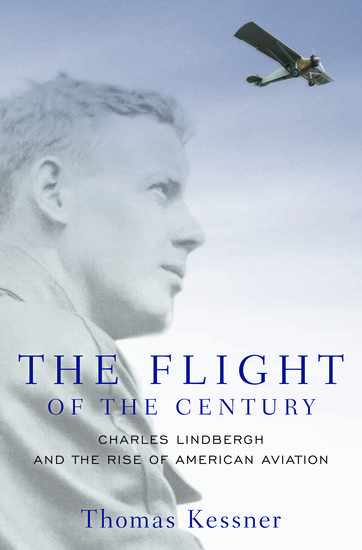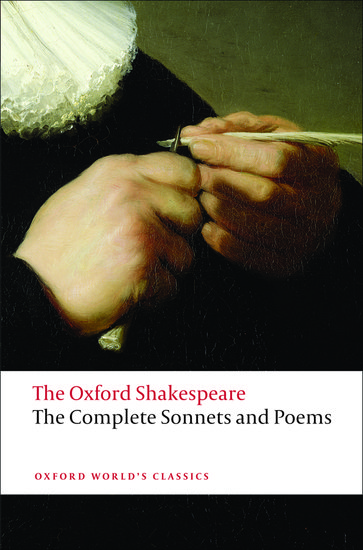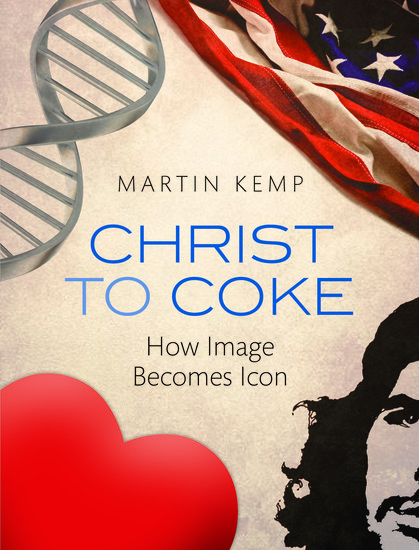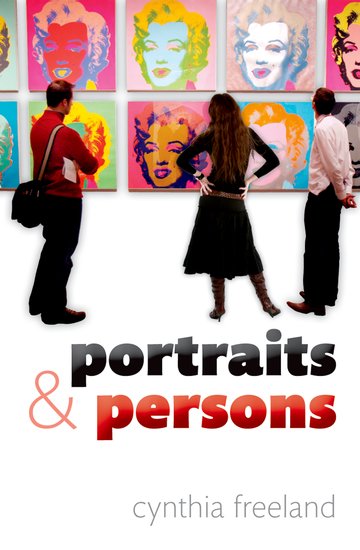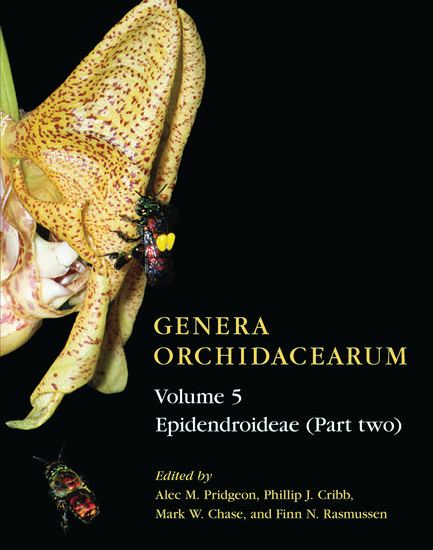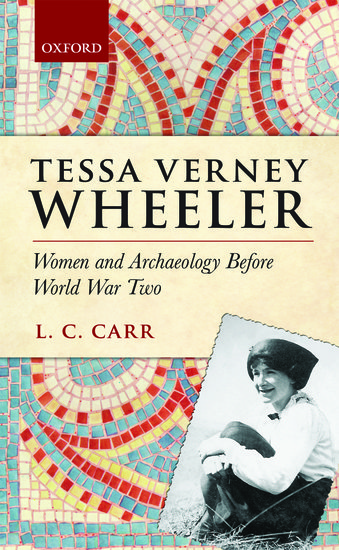The soul of a child, Hergé
Georges Prosper Remi, better known to the world as Hergé, was born on 22 May 1907. A Belgian comic book artist with almost no formal training, he is best remembered for the enduring character of Tintin. The boy adventurer with his trusted dog, Snowy, at his side has captured the hearts and minds of children and adults across the world. Nevertheless, from Steven Spielberg’s 3D film to the controversy over Tintin au Congo, Tintin’s creator remains elusive. We offer a glimpse into the life and personality of the “father of Tintin” with an excerpt from Hergé by Pierre Assouline.

